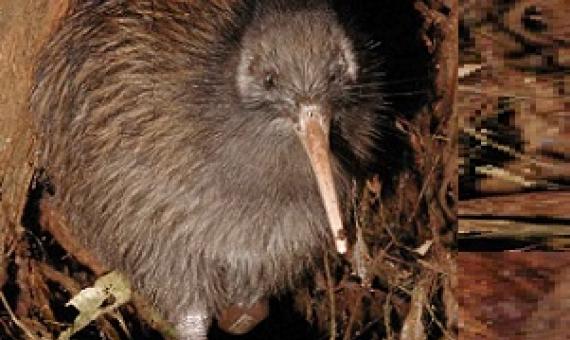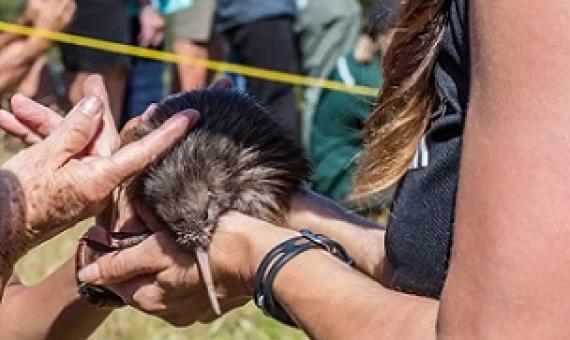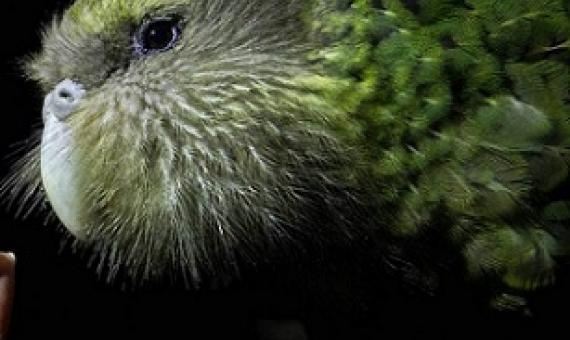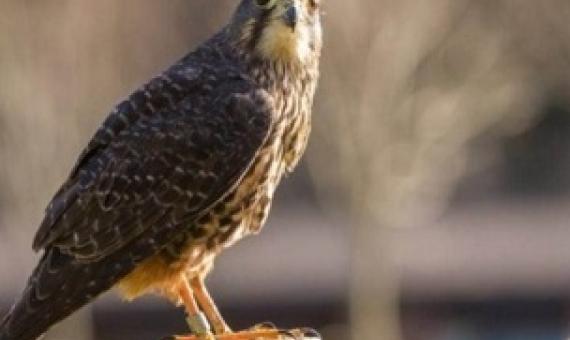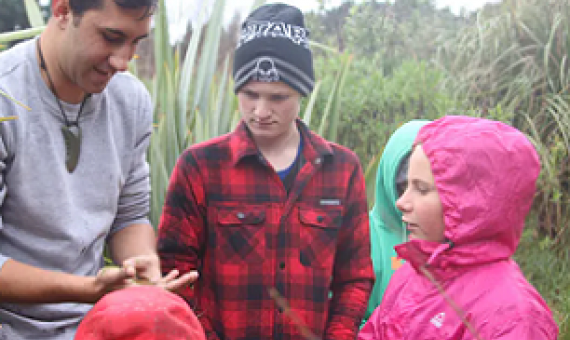Releasing a higher number of kiwi into large predator-controlled areas could increase the success of efforts to help their survival in the wild, new research shows...Translocations are intentional movements of wildlife by humans from one place to another and are often used in conservation managem
Like many endangered species, Aotearoa’s flightless and nocturnal kiwi survive only in small, fragmented and isolated populations. This leads to inbreeding and, eventually, inbreeding depression — reduced survival and fertility of offspring.
The need for a new home for New Zealand’s critically endangered kākāpō is growing ever more important as the species nears a near breeding season.
A hungry falcon played a part in a failed attempt to establish a colony of critically endangered shore birds on Mana Island.
...centring Indigenous peoples, knowledge and practices achieves better results for wildlife translocations. Moving plants and animals to establish new populations or strengthen existing ones can help species recovery and make ecosystems more resilient.
Plans are in progress for the translocation of Fijian flora and fauna species listed under the International Union for Conservation of Nature (IUCN) endangered list.

